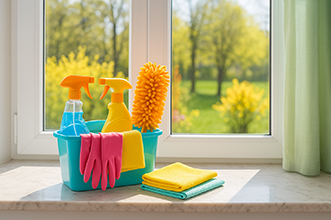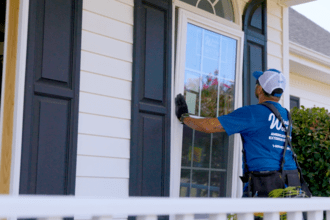Maximize Energy Efficiency Year-Round with Smart Home Upgrades
Ready to get Your New Windows?
Window World offers free in-home consultations! Click below to schedule today!
Get started!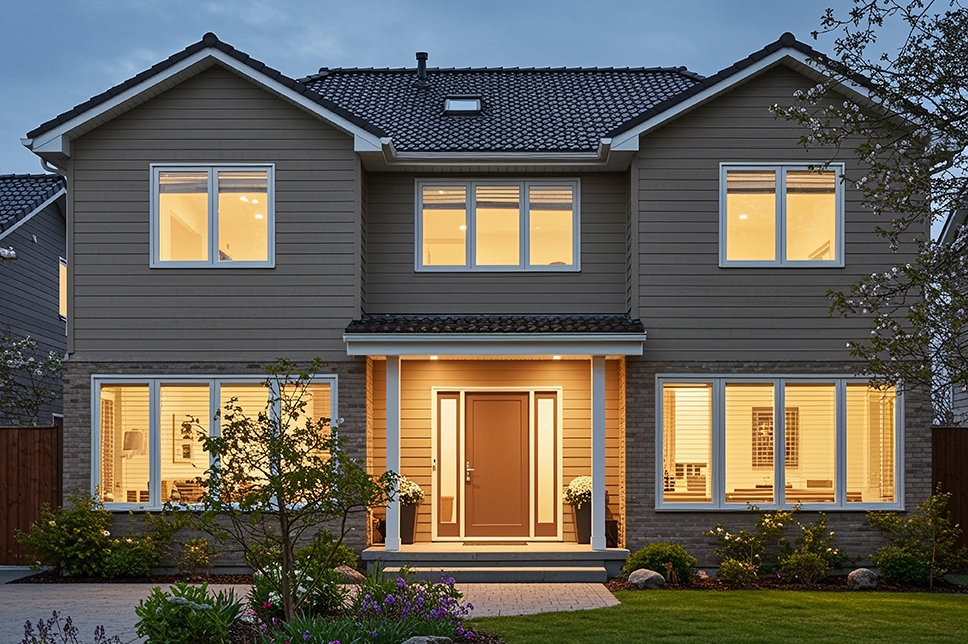
From the sun-scorched deserts of the Southwest to the ice-covered plains of the Midwest, homes across the country face extreme climates. Some homeowners are practically swimming through humidity, while others wake up feeling like they’re starring in a survival show set in Antarctica. And if you’ve ever walked from your living room to your bedroom and felt like you just entered another dimension—one where the thermostat has lost all sense of control—you know the struggle. One room’s a sauna, the next is an igloo. Keeping your home comfortable without your HVAC throwing a tantrum (and your energy bill skyrocketing) is the real challenge, and it’s about more than just comfort—it’s about keeping your energy costs in check.
The good news? Energy-efficient windows and doors are designed to adapt to your local climate, helping you stay comfortable while reducing energy costs. Whether you need to block out the relentless summer heat, keep your home warm during winter freezes, or maintain stability in regions with dramatic seasonal swings, the right upgrades can make all the difference. Energy-efficient windows and doors are designed to adapt to your climate, making your home work with the weather instead of fighting an endless battle against it.

Keep the Heat Out in Summer
Old, inefficient windows and doors are basically VIP entrances for summer heat. Modern energy-efficient windows, however, come with special coatings that reflect heat and UV rays, keeping your home cooler without your A/C working overtime. And if you’ve ever touched an old window on a summer afternoon and felt like you just high-fived the sun, you’ll love how much better new windows block heat transfer.
For even more heat control, consider installing energy-efficient blinds, curtains, or shades. These window treatments add another layer of insulation, helping to keep rooms cooler in summer and warmer in winter while enhancing privacy and style.
Pro tip: Insulated doors help too! A poorly sealed front door lets warm air sneak inside like an uninvited guest at a backyard barbecue. Swap it out, and suddenly your air conditioning doesn’t have to work so hard to keep things cool.

Stay Cozy Without Wasting Energy in Cooler Months
Winter shouldn’t mean layering up inside like you’re heading to a football game in Green Bay. Drafty windows and doors let cold air seep in, forcing your heating system into overdrive. Modern energy-efficient upgrades, like double- or triple-pane windows with insulating gas fills, trap warmth inside where it belongs, reducing strain on your HVAC system and lowering energy bills.
And let’s talk about doors. If your front door has gaps around the edges, you might as well be throwing money out into the cold. Upgrading to an insulated steel or fiberglass door with a high-performance core can prevent heat loss and keep chilly drafts at bay. Combine it with proper weather-stripping, and you’ll create a true barrier against winter’s worst. If you’ve ever felt an unexpected chill near an old window or door, it’s time to consider an upgrade—your wallet and your toes will thank you!
Windows and doors play a huge role in keeping warm air inside, but don’t forget about insulation! Adding insulation to walls, attics, and even under floors can further reduce heat loss, keeping your home warmer without any HVAC drama.
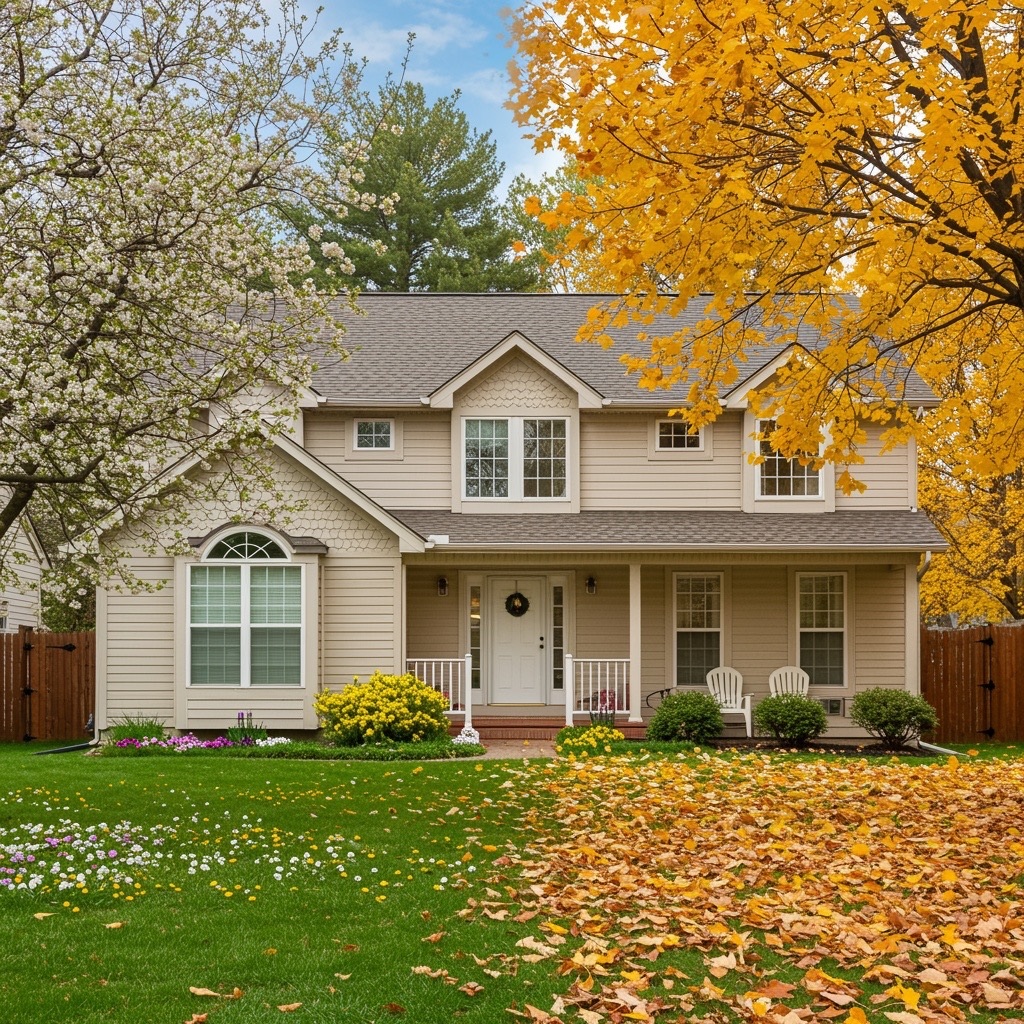
Spring & Fall: Preparing for Temperature Swings
Spring and fall are the wild cards of the weather world—one day, it’s a perfect 72 degrees, the next, you’re either sweating or scrambling for a blanket. Energy-efficient windows and well-sealed doors help stabilize indoor temperatures, reducing those dramatic shifts that have you constantly adjusting the thermostat.
Doors play a key role in keeping your home comfortable year-round. A drafty or hollow-core door can let in fluctuating temperatures, making it harder to keep your home balanced. Upgrading to an insulated, energy-efficient exterior door helps maintain stability so your HVAC system doesn’t have to work overtime adjusting to Mother Nature’s mood swings.
Pairing energy-efficient windows and doors with a smart thermostat can take efficiency even further. By automatically adjusting to daily temperature fluctuations, a smart thermostat reduces unnecessary heating and cooling, saving you money while keeping your home comfortable.

Lower Your Energy Bills & Shrink Your Carbon Footprint
Let’s be honest—opening your energy bill shouldn’t feel like a horror movie jump scare. If your monthly statement has you questioning your life choices, it’s time for an upgrade. Energy-efficient windows and doors reduce the strain on your HVAC system, meaning lower energy consumption and more money in your pocket.
Your home’s roof also plays a role in energy efficiency. Cool roofs, reflective shingles, or green roofing materials help deflect heat, reducing cooling costs in warmer climates and keeping indoor temperatures more stable.
And the benefits go beyond savings. Using less energy to heat and cool your home also reduces your carbon footprint—good news for both your budget and the planet. Because let’s face it, no one wants to be the person singlehandedly accelerating climate change.
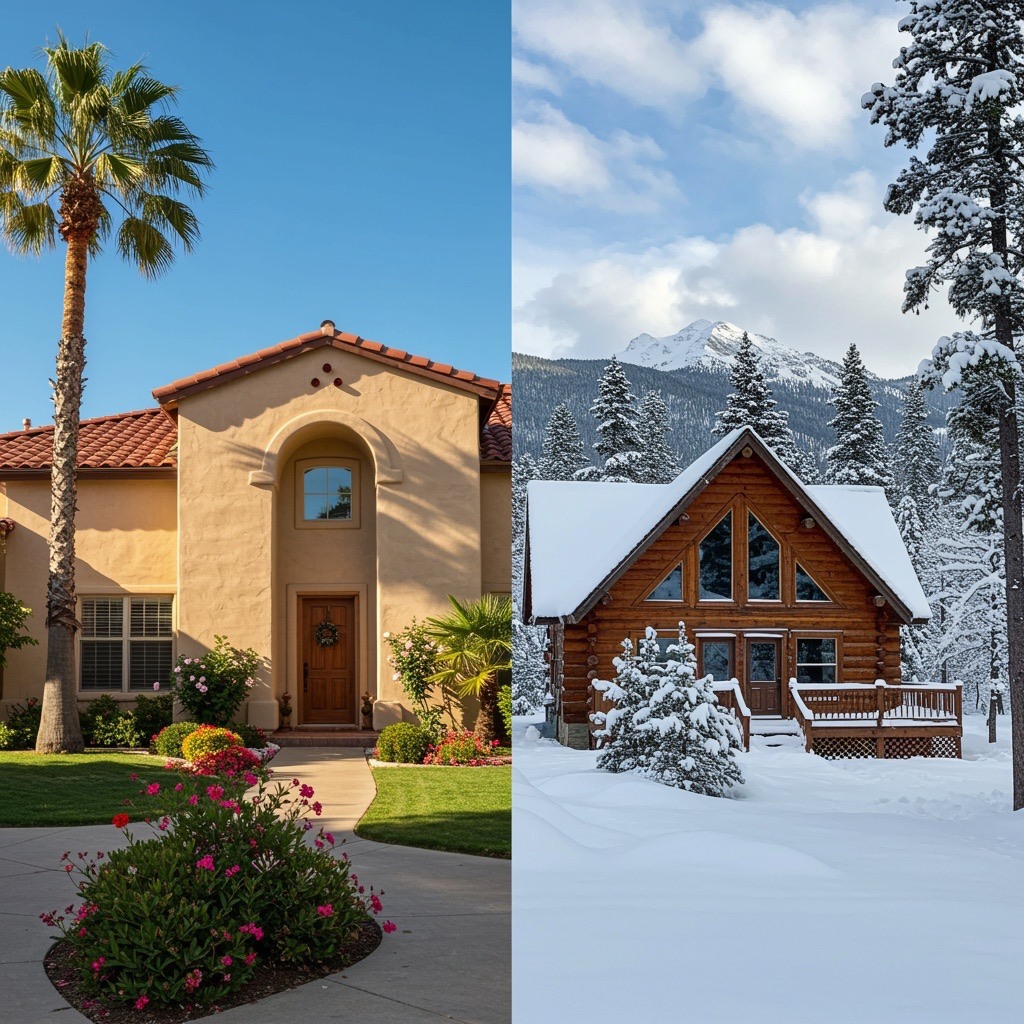
The Right Upgrades for Your Climate
Energy-efficient solutions aren’t one-size-fits-all. Homeowners in hot, sunny regions should look for windows with low-E coatings that reflect sunlight, while those in colder climates may benefit from triple-pane glass for enhanced insulation. But windows aren’t the only upgrade that matters—doors also play a major role in climate control.
If you live in a hot climate, consider doors with heat-reflective finishes and insulated cores to block out excess heat. For cold regions, fiberglass or steel doors with foam insulation provide superior thermal protection. No matter where you live, choosing windows and doors designed for your specific climate ensures optimal efficiency and comfort. Think of it as dressing your house appropriately—just like you wouldn’t wear flip-flops in a snowstorm, your home needs the right protection for its environment.
Beyond windows and doors, sealing cracks and adding weather-stripping around your home can prevent unwanted drafts and air leaks. This small, affordable fix can significantly improve your home's energy efficiency year-round.
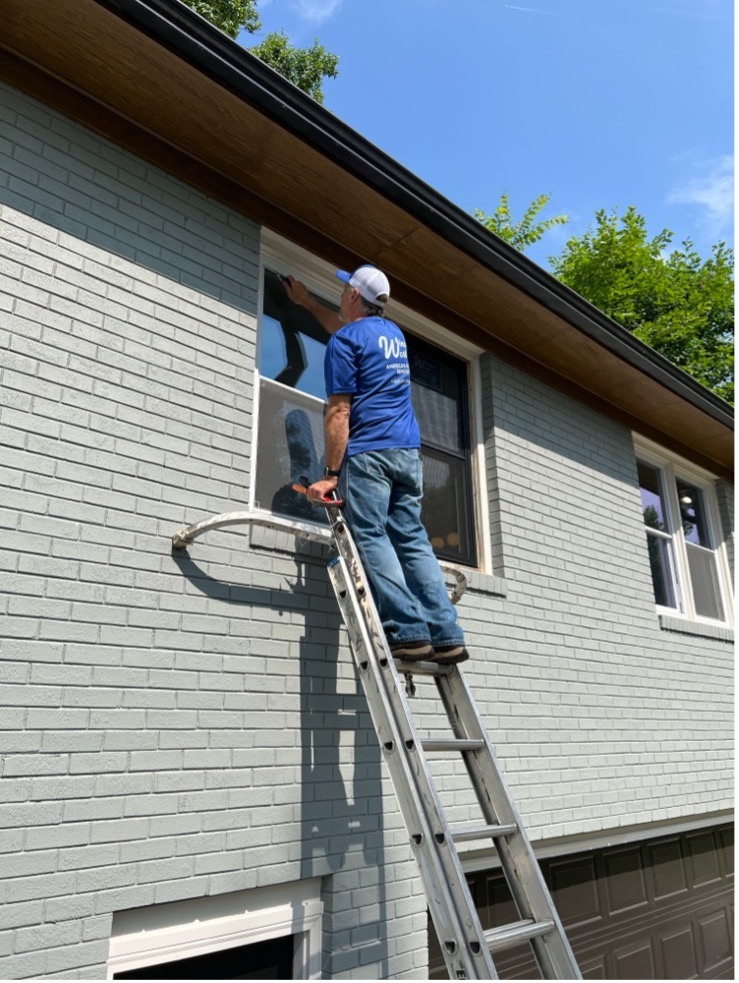
When is the Best Time to Replace Windows and Doors?
The best time to replace your windows and doors? Right now. While spring and fall offer mild temperatures that can be ideal for installation, waiting for “perfect” weather isn’t necessary. If your windows and doors are causing drafts, moisture leaks, or driving up your energy bills, delaying the upgrade could cost you more in the long run. And let’s be honest—suffering through a sweltering summer or freezing winter because of inefficient windows isn’t worth the wait. Plus, with Window World’s 1:1 installation process, each old window or door is removed and replaced one at a time, minimizing exposure to the elements and ensuring a smooth installation any time of year.
Investing in energy-efficient windows and doors isn’t just about keeping your home comfortable—it’s about making a smart, long-term decision for your wallet and the environment. Every season brings its own challenges, but with the right upgrades, your home can maintain a steady temperature, reduce strain on your HVAC system, and lower those dreaded utility bills.
Window World specializes in expert window and door replacements designed for maximum efficiency in any climate. Want to know more? Request a free consultation, visit your local showroom, or contact us today to learn how we can help you upgrade your home!

